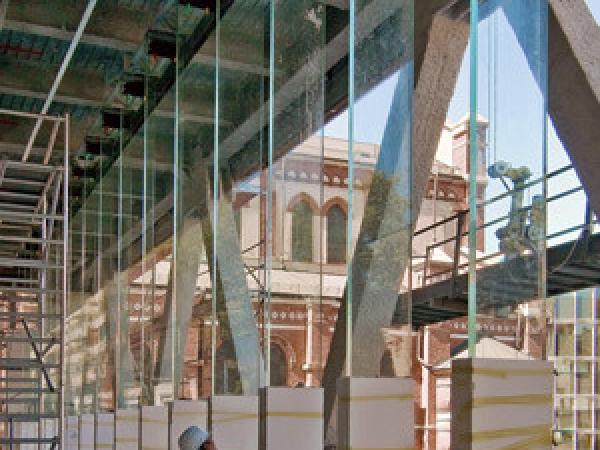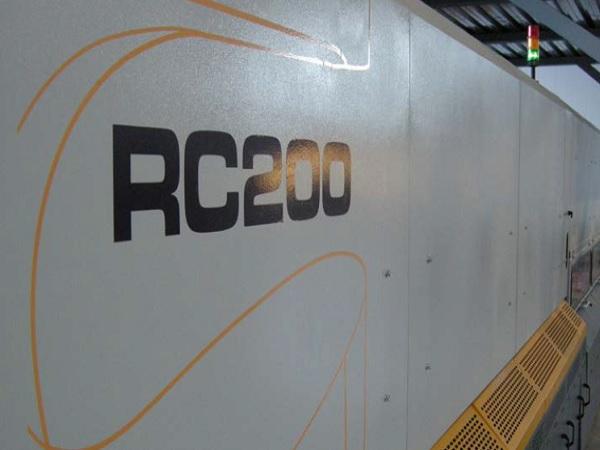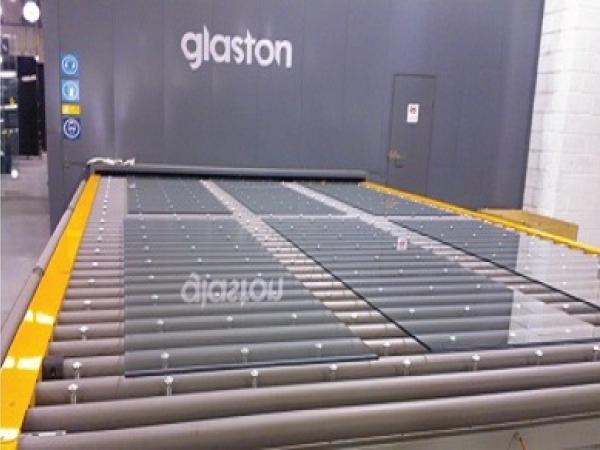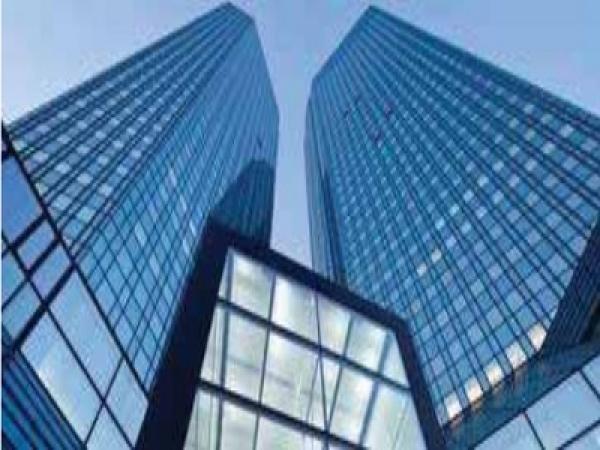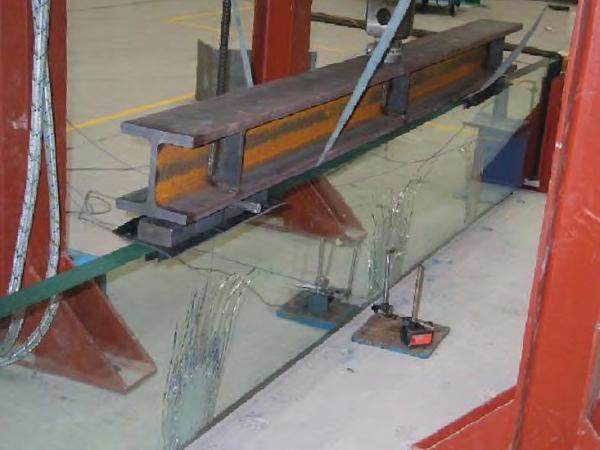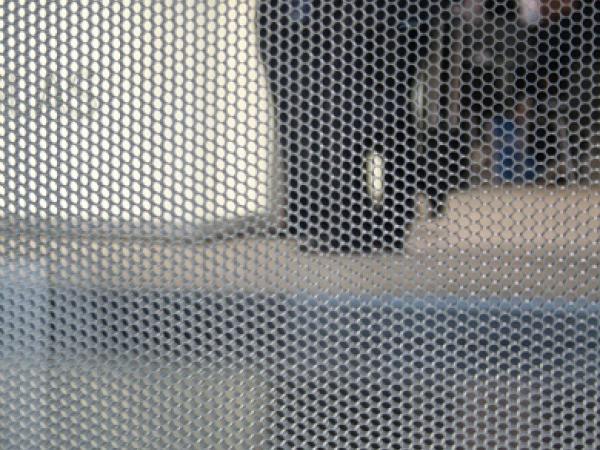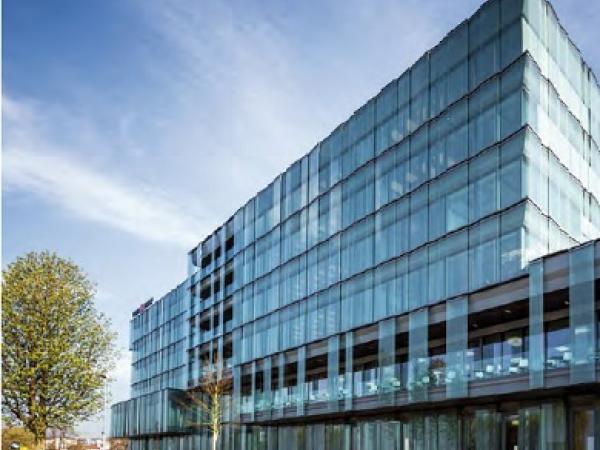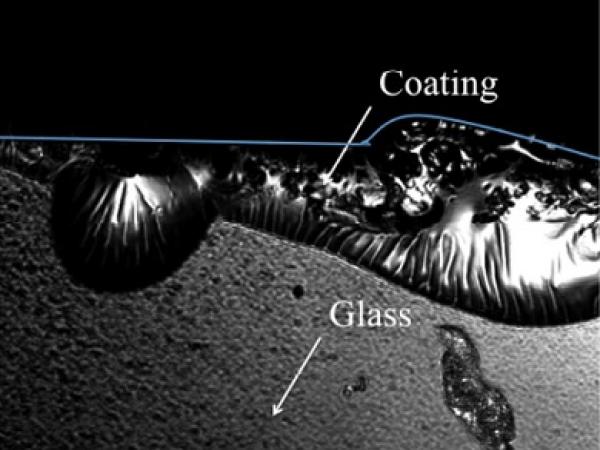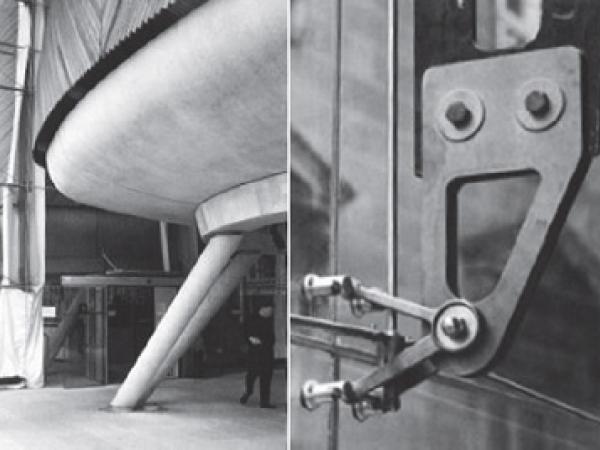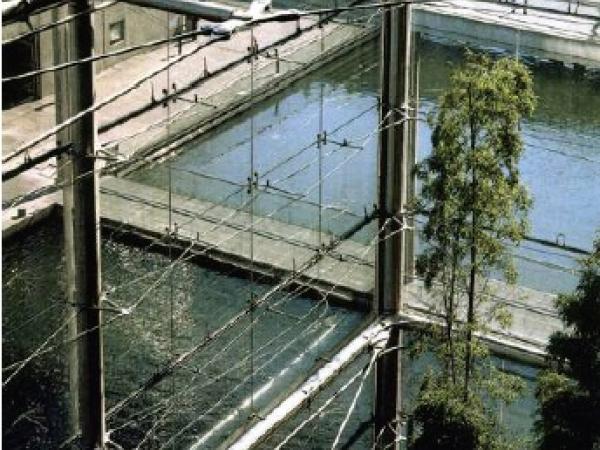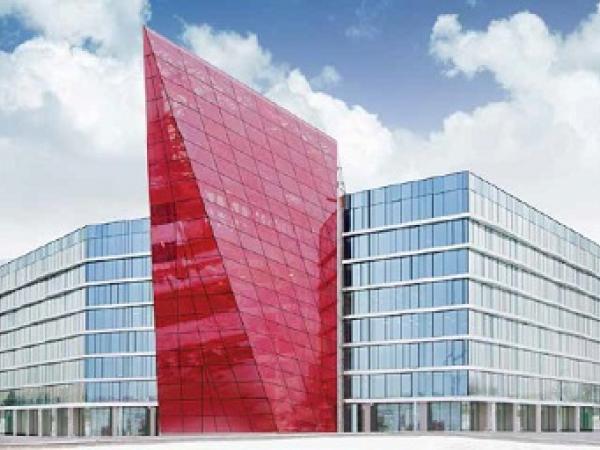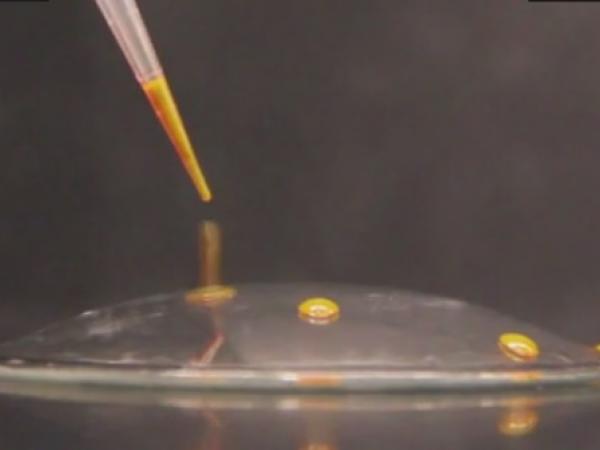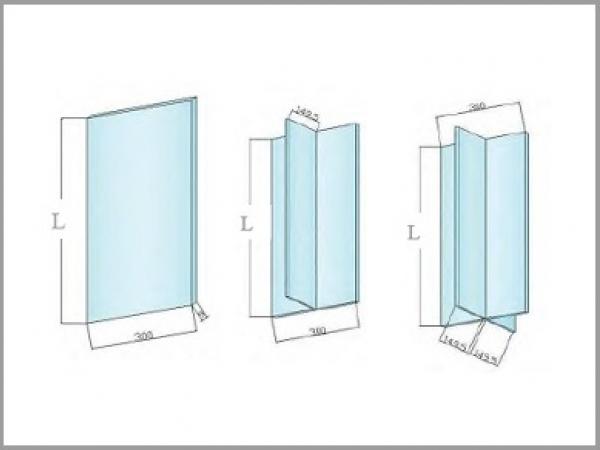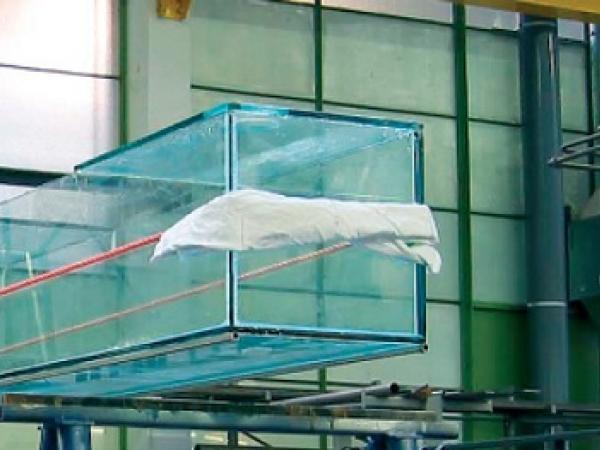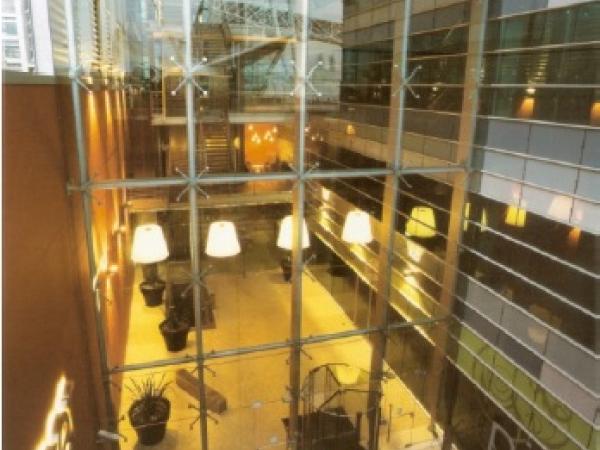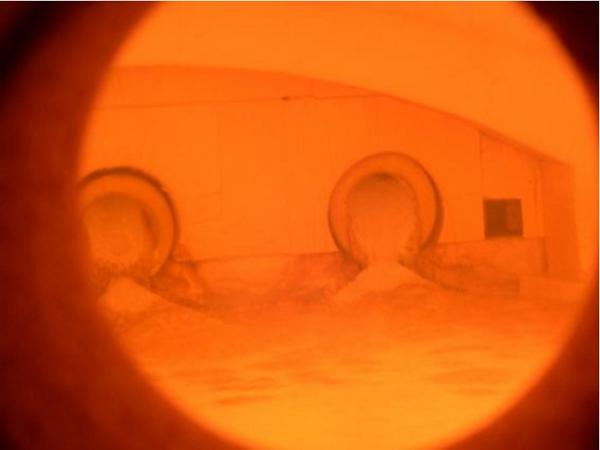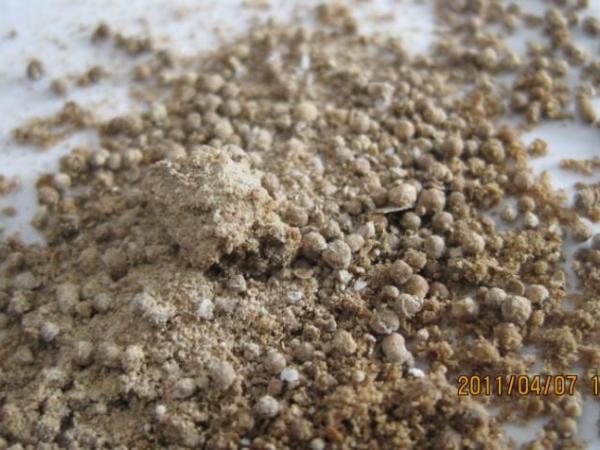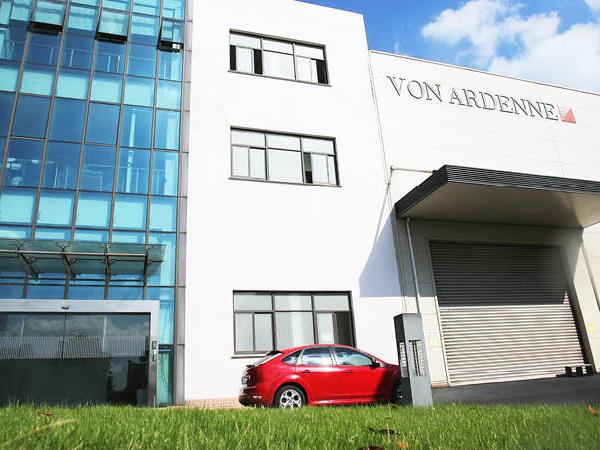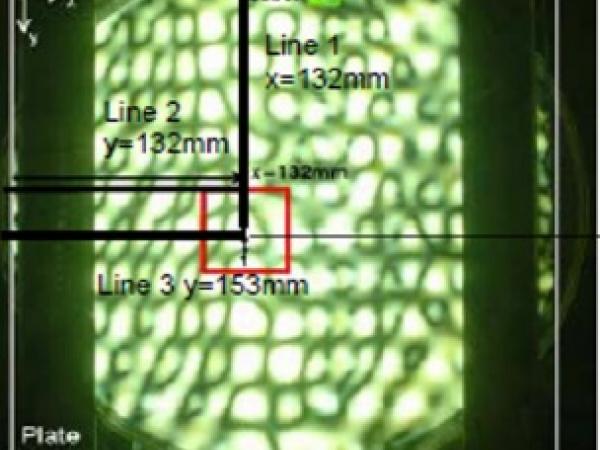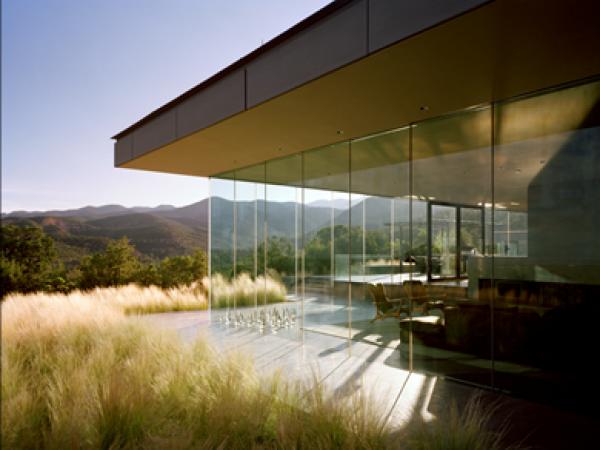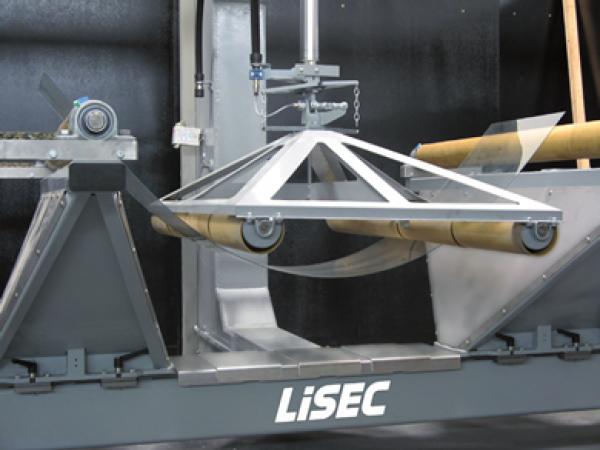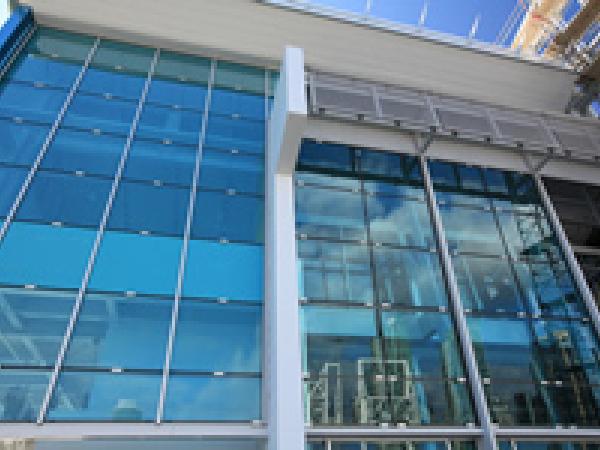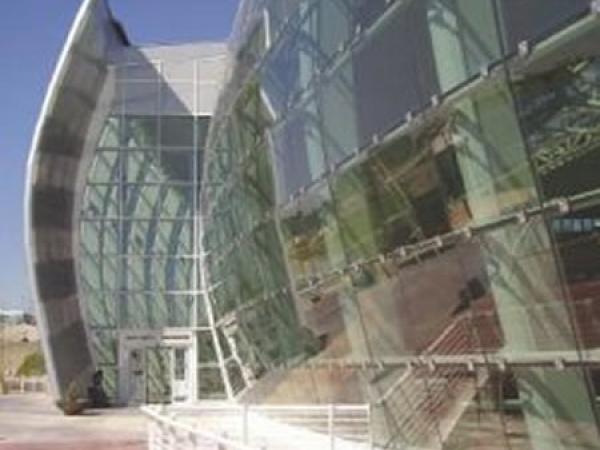Others also read
| There's a company in the heart of Bucharest that plays a leading role in Romania's glass processing industry. "Spectrum Inovativ & Industries SRL" was founded in 1991, first as an agent for a foil manufacturer.
| After 10 years of experience with the Glaston HTF 2142 furnace, Paul Buckley, Managing Director of the PJB Glass Group, decided to complement his flat glass production offering by investing in a Glaston RC200™ furnace.
| Sanshiba Shozai of Japan chose to be the first glass processor in the world to invest in Glaston’s latest GlastonInsight™,the intelligent online assistance system, at the same time as it ordered the Glaston RC350™ tempering furnace.
| This paper describes an alternative set of layers stacks which comprises only metallic and oxidic layers and which can be obtained with Leybold Optics’ coaters.
| Although the standard glass design strategy is redundancy, we pursue a safer way to ensure the robustness of transparent glass beam structures.
| High-performance functional glazing has a significant impact on the energy efficiency of buildings and their level of usability or life quality. Experts agree that increased demands will lead to improved functionality of the glass products used in facades.
| SEFAR® Architecture VISION is a range of high-precision fabrics produced from black synthetic fibers coated with metals.
| In modern buildings, glass is increasingly used as a load-carrying material in structural components, such as glass beams. For glass beams especially the edge strength of glass is important.
| Despite the increasing research activity on structural use of glass in the past years, there is still a lack of comprehensive design codes and standards linked to real-life applications on a structural level. However, more and more ambitious buildings and structures are built every year.
| This paper intends to present how applications of structural glass systems have evolved in HDA’s projects since the author’s intial work at La Villette with Peter Rice and RFR.
| The new HQ for the Belarusian Potash Company (BPC) is a staggering example of glazing being deployed to maximise light and colour.
| Resilient, ultraslippery glass could lead to self-cleaning, scratch-resistant windows, lenses, and solar panels
| A series of four-point bending tests were carried out on monolithic and laminated panels in order to evaluate the ultimate tensile stress of the glass considered and the effective level of connection between the glass foils.
| The article presents an overview of research and applications of glass as structural material, cooperating with other materials: steel, timber, glass or carbon fibre composites.
| Currently modern facade buildings rely on glazed curtain wall systems. These systems include either singular aluminium alloy frame glass curtain walls or frameless glass curtain walls. This is the case of the so called spider fixing systems, which are pointed supported.
| Melting glass is a very energy intensive process, with process temperatures of more than 1600°C required to melt the raw materials in the furnace.
| Insulating glass desiccants with different components give quiet disparate quality performances.
| Architectural glass coating business is continuing to mature. Building codes enforcing the use of energy efficient LowE coatings, which are implemented step by step in a growing number of countries around the globe.
| Modern digital printing technologies using ceramic inks are providing new interesting opportunities for longlasting decorations and optical effects on glass.
| The paper shows that the residual stress at the surface of tempered glass panels may vary both locally and globally, i.e., stresses near the edges and corners of the panels may be considerably different from the stresses in the middle part of the panels.
| The canopies are a composite construction between both steel and glass, leaving no element without stress or structural function.
| At this year's GPD in Finland LiSEC was represented by two lecturers.
| Glazing can take several forms in a building application including curtain wall, operable windows, storefront, skylights and architectural glass.
| Firstly, it would be great if everyone in the glass industry refrained from calling this product “bullet proof” I seriously doubt if anything is ultimately bullet proof, bullet resistant is indeed the correct terminology and within the industry this is abbreviated to BRG.

